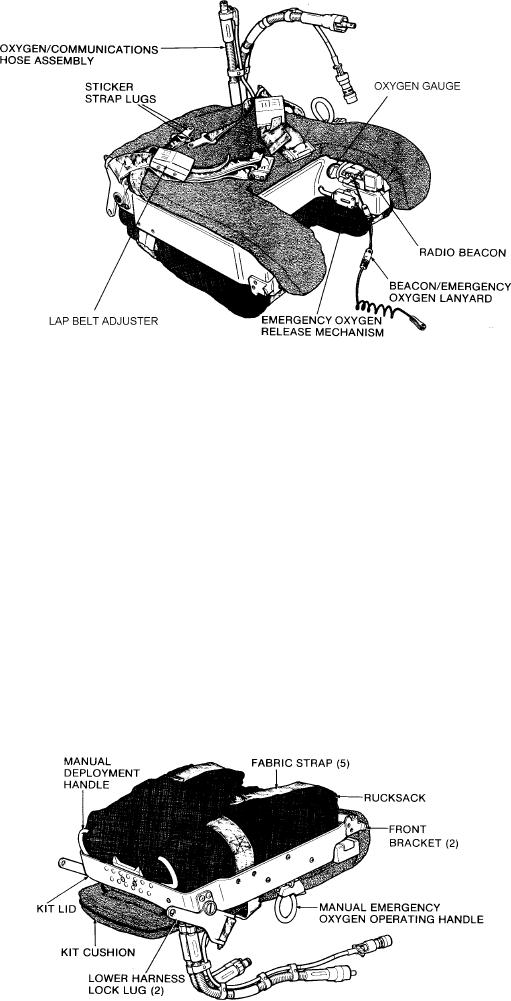
Figure 2-25.--Seat survival kit, top view.
deployment rocket. During the ejection sequence the
the container, with a single lug on the RH side and two
parachute deployment rocket motor fires, extending the
lugs on the LH side. The RH lug is positioned in a slot
withdrawal line that withdraws the parachute in its bag.
in the RH canopy mechanism incorporated into the LH
The parachute canopy emerges from the bag, perimeter
canopy penetrator. The LH lugs deform during
first, followed progressively by the remainder of the
parachute extraction, releasing the cover to permit rapid
canopy. The extractor rocket and bag clear the area. At
parachute deployment. A fairing on the LH rear corner
high airspeeds the crown section inflates and surplus air
of the cover protects the parachute withdrawal line
is vented through a circumferential netted slot and the
where it exits the container. The lid and withdrawal are
peak vent. The lower section remains closed until
fitted with seals to prevent the entry of moisture.
airspeed is reduced to safe opening speed, when the
Parachute Canopy
lower portion inflates normally.
The parachute canopy is comprised of 20 gore and
SEAT SURVIVAL KIT
shroud lines, and incorporates water pockets and
The survival kit (figs. 2-25 and 2-26) fits into the
steering facilities. The canopy is packed peak first into
seat bucket and consists of a rigid contoured platform to
a deployment bag, the closed end of which is attached
which is attached an emergency oxygen system and a
via a withdrawal line to the stirrup on the parachute
Figure 2-26.--Seat survival kit, bottom view.
2-23

